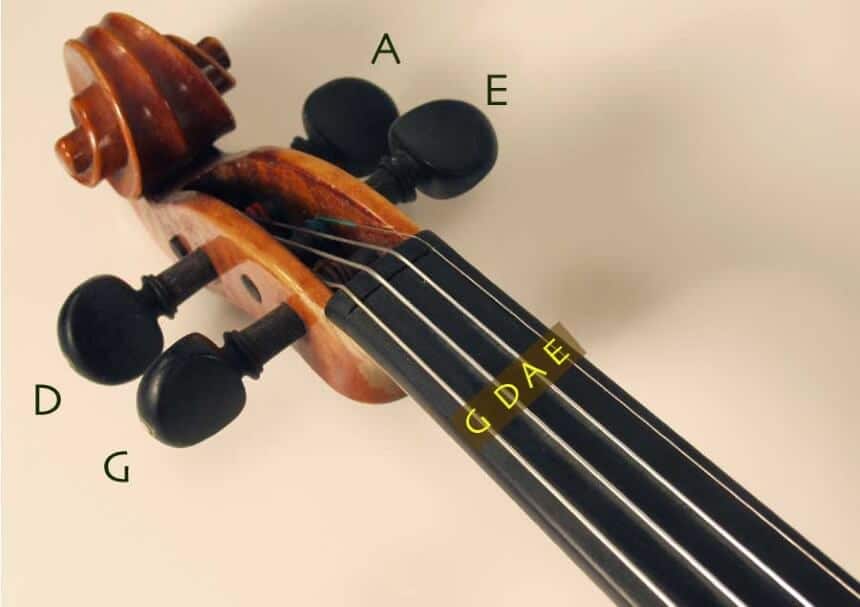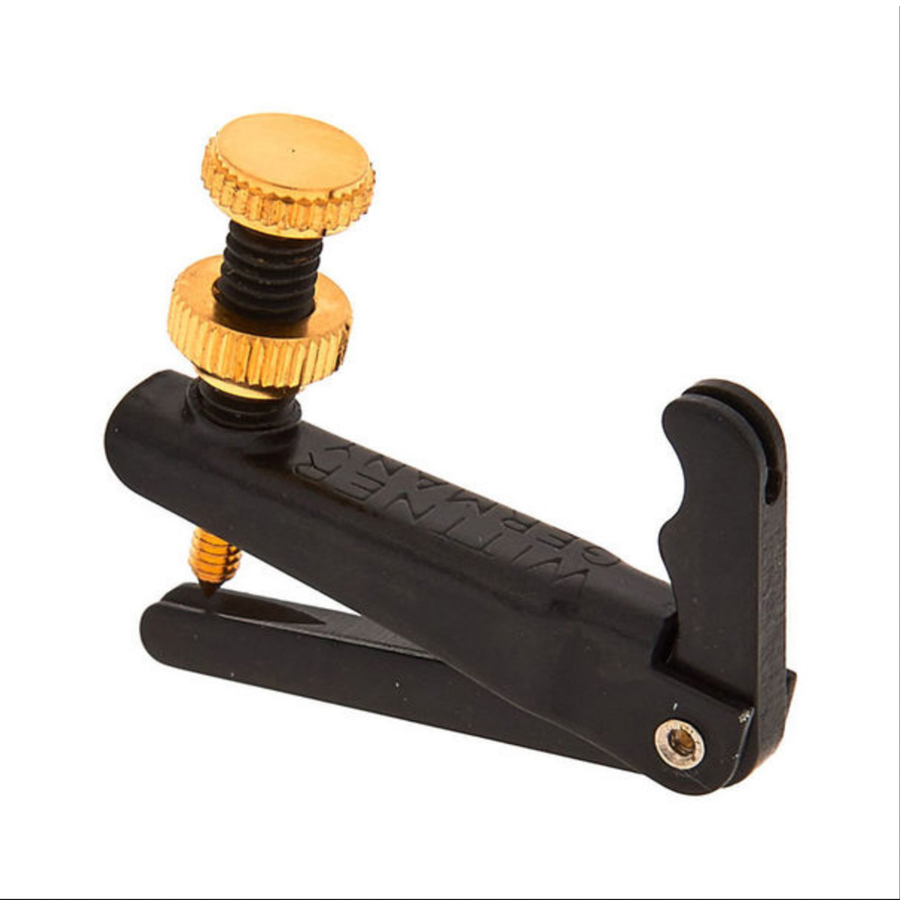
Violin tuner violin sound series#
The so-called ‘natural’ diatonic scale is a product of physics - it’s what happens when you take the perceivable harmonic overtones and lay them out in sequence - where the overtones of a series of notes reinforce the wavelength of a given or key note you get a stronger sound - hence the strong positive sound of a major key - where all the harmonics line up. Why the tone shift? to get more sound out of fewer instruments (government cutbacks=smaller orchestras) - a familiar tale.īut that was also about the time of the introduction of the tempered scale which evened out the discrepancies between keys in the natural scales to make it easier to change keys without having to retune one’s harpsichord. The amazing thing about violins is that most seem to have survived the increased string pressure while keeping their tone - ie stradivarius and amati instruments. They are also good to help new musicians train their ears.Īs for the A=440 concert pitch - that was the result of the ‘Great Tone Shift’ in the 1750s when A was redefined up from about A=432 - up by about a semitone. ↳Įlectronic tuners are invaluable when playing in noisy pubs or on stage or anywhere where there is a lot of ambient noise. A 3.8 cent difference in a major 2nd between a fiddle and a box is hardly noticeable, not to mention the generally lowered standard of intonation compared to more rigid systems like classical music.

In Irish music, the pitch range (the number of cycles of fifths needed to play most tunes) is not really large enough to make a difference. There’s not much harm in a string player gravitating toward just intonation when playing with an equal-tempered instrument: in the classical world, players unconsciously adjust intonation as they hear it. Rudall flutes and Pratten flutes will have out of tune notes all over the place, but it’s mostly due to how the tone holes and flute bodies have been traditionally constructed. Regarding flutes and whistles, different models of flutes had different standards of intonation that had more to do with production methods than tuning systems. However, ttring players have always, and likely always will, approach just intonation when playing amongst themselves. ↳Īs far as I know, all Western instruments today have equal temperament tunings, be they piano, piano accordion, diatonic accordion, concertina, etc. Going back three centuries, the viola da gamba, which is still used today in performances of baroque music and is more or less cello-sized, has 6 strings tuned in 4ths with a 3rd stuck in there, rather like the Spanish guitar. The same applies to other ensembles with a deep bass instrument. It is also the main surviving descendant of the baroque viol family of instruments, which were tuned in perfect 4ths, as an orchestral double-bass player today would tune his instrument, Intonation in the orchestral double bass line-up is of paramount importance because it underpins the intonation of all the instruments above it. It’s tuned in 4ths because tuning in 5ths would be too big for an instrument of that size.

You just can’t be altering the basic pitch of a fiddle every five minutes.įretless instruments tuned in fourths. For starters, the instrument takes ages to settle down properly to its new pitch, and there are issues connected with the stresses in the instrument and its strings and its playability if the pitch is changed by more than about a semitone. They are designed around that pitch alter it significantly and you’ll run into problems. Basically, it’s not a good idea to mess around with the basic pitch (A440) of the fiddle family of instruments by more than about a semi-tone.


Andy, I may be wrong, but according to your bio I take it you’ve haven’t had that much experience of playing the fiddle.


 0 kommentar(er)
0 kommentar(er)
